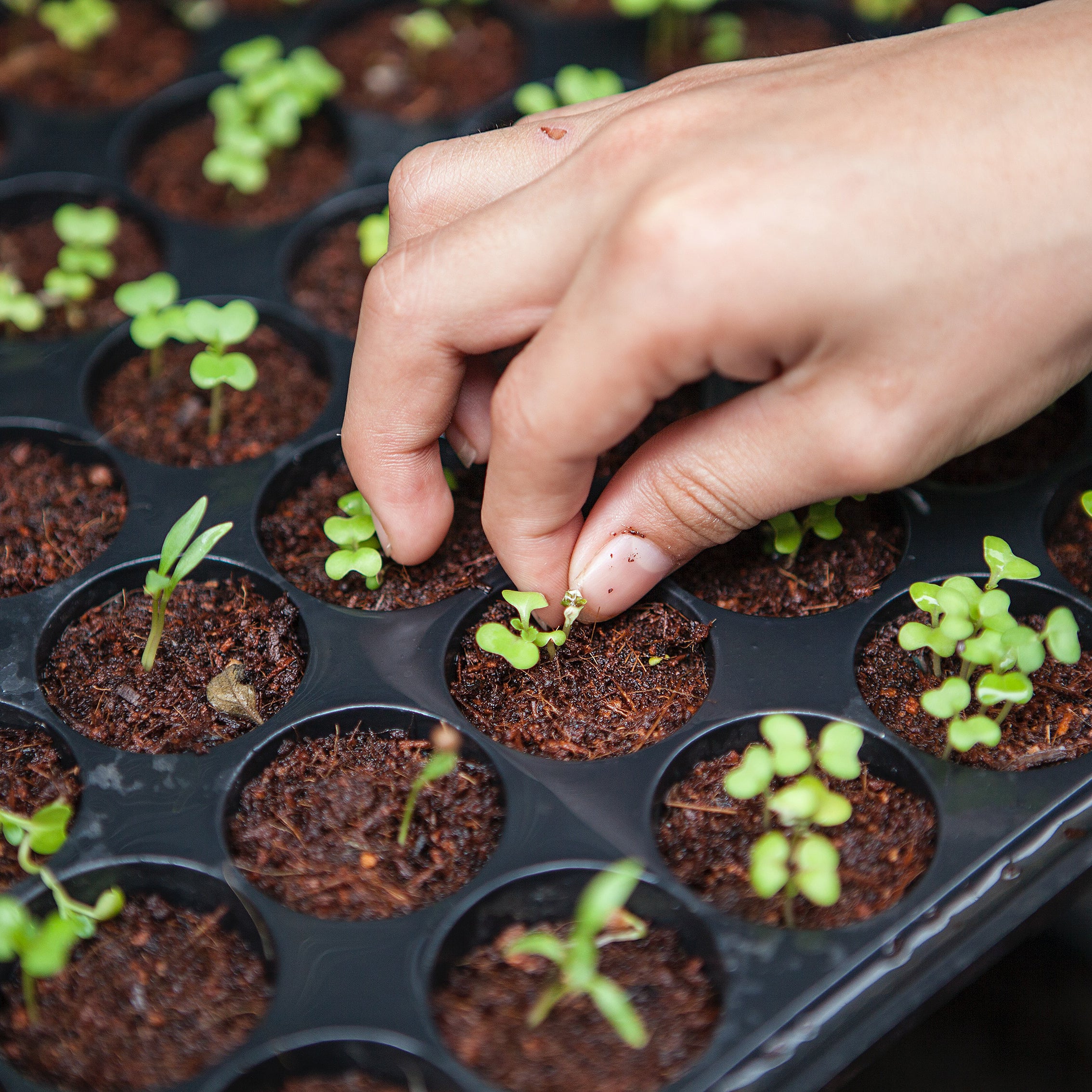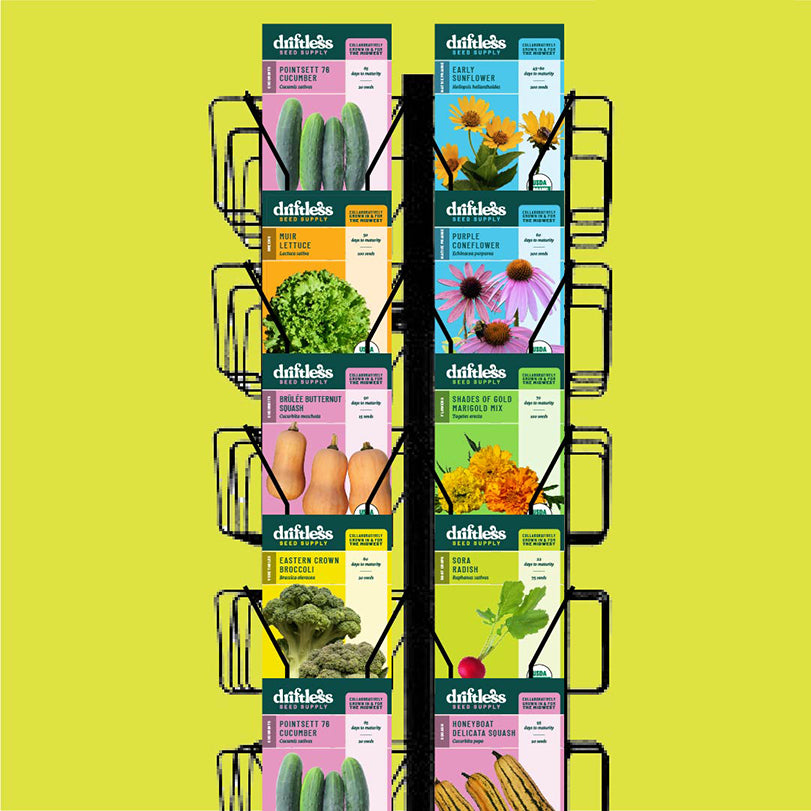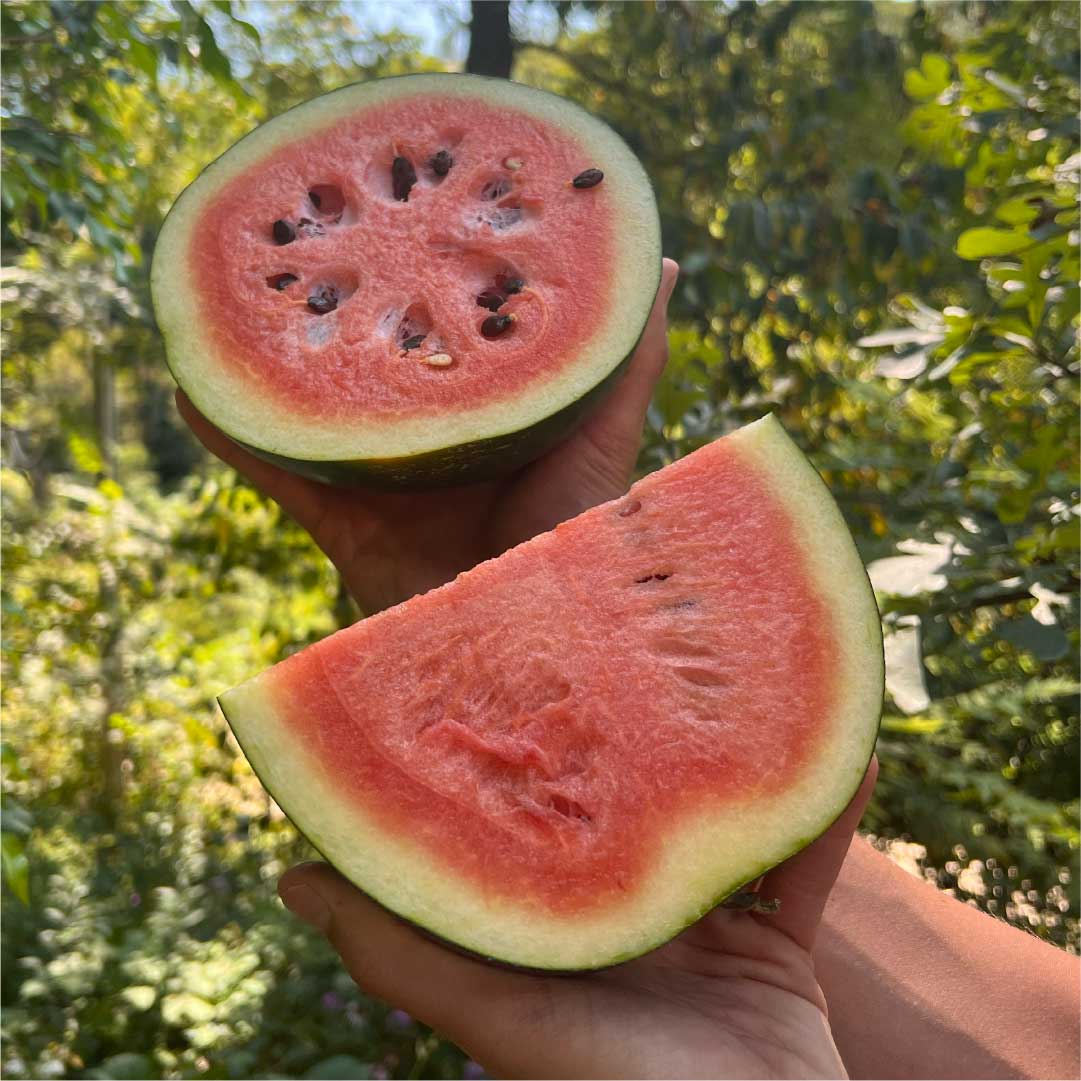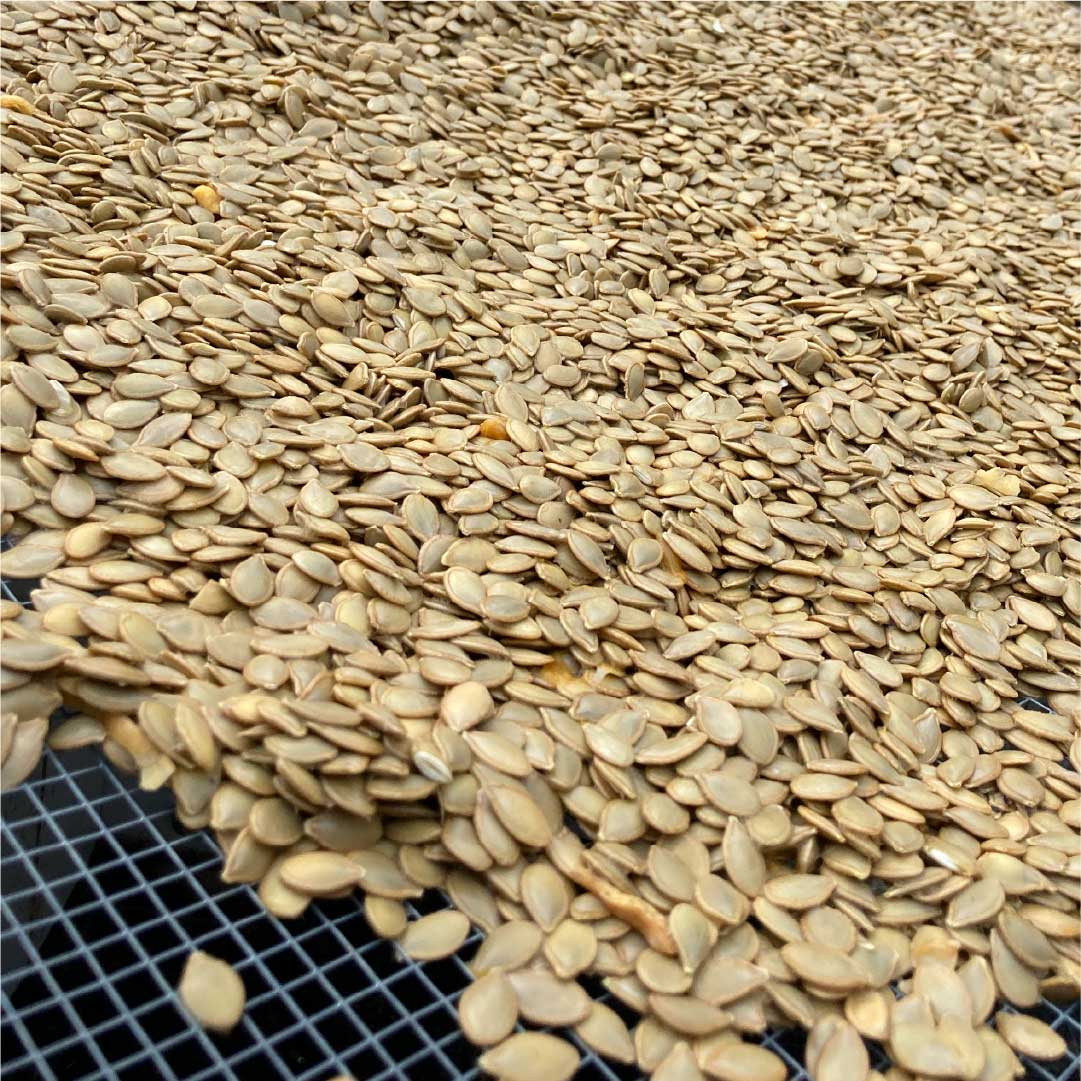
Failure to Thrive Troubleshooting
What do I do if my plants are not thriving as expected?
If your plants aren't thriving as expected, it's essential to perform a thorough assessment to identify possible issues and implement suitable solutions. Here's a structured approach you might consider:
1. Assess the Situation:
- Observe: Look for any signs of stress, such as yellowing leaves, wilting, stunted growth, or pest presence.
- Document: Keep a record of any abnormalities or changes observed for future reference.
2. Review Basic Care Requirements:
- Watering: Ensure that plants are receiving the right amount of water—neither too much nor too little.
- Light: Verify that the plants have the appropriate light levels, whether direct sunlight or partial shade.
- Nutrition: Confirm that your plants are being fed with the right nutrients and check for nutrient deficiencies. Overall yellowing can be a sign of nitrogen deficiency. Make sure to start with a strong foundation by using one of our fertilizers before planting.
- Temperature: Ensure the plants are in an environment with a suitable temperature range.
3. Examine the Soil:
- pH Levels: Test the soil pH to ensure it's in the optimal range for your plants.
- Nutrient Levels: Conduct a soil test to determine if any essential nutrients are lacking.
- Drainage: Ensure that the soil drains well to prevent waterlogging or drought conditions.
4. Check for Pests and Diseases:
- Visual Inspection: Examine the leaves, stems, and roots for signs of pest activity or disease.
- Treat Appropriately: Implement organic treatments as per the pest or disease identified.
- Preventive Measures: Employ preventive methods, such as using neem oil, to protect against future infestations.
5. Analyze Planting Techniques:
- Planting Depth: Ensure seeds or seedlings were planted at the recommended depth.
- Spacing: Confirm plants have adequate space to avoid competition for nutrients and light.
6. Adjust Care Routine:
- Modify Watering: Alter your watering routine according to the plant’s requirements.
- Fertilization: Adjust the type and frequency of fertilization based on your observations and soil test results.
7. Evaluate Environmental Factors:
- Weather Conditions: Consider if any weather changes might be affecting your plants.
- Location: Evaluate whether the current plant location is optimal for its specific needs.
8. Consult Experts:
- Gardening Forums: Share your observations on online platforms to get advice from experienced gardeners. We encourage you to join our community of growers on SeedLinked by joining one of our trials or following us on the SeedLinked platform.
- Local Extension Services: Consider reaching out to local agricultural extension services for expert guidance.
- Contact our customer service or tag us on social media.
9. Implement Changes Gradually:
- One at a Time: Implement changes one by one to observe their impact and avoid stressing the plant.
- Monitor: Keep a close eye on how your plants respond to each change.
10. Maintain a Journal:
- Regular Notes: Keep regular notes on care routines, observed changes, and implemented adjustments.
- Photographs: Use photographs to document visible issues and track progress.
11. Ensure Proper Tools and Products:
- Quality Products: Use high-quality fertilizers, pesticides, and tools for optimal plant care.
- Appropriate Tools: Make sure you’re using the right tools for tasks like pruning and transplanting. It’s important not to prune or touch a diseased plant before working with healthy plants. Consider sanitizing your tools in between varieties if you are struggling with disease pressure.
12. Embrace Learning:
- Books and Courses: Consider reading books or taking courses to enhance your gardening knowledge.
- Join Gardening Clubs: Become a member of local or online gardening clubs to learn from others’ experiences.
Final Note:
Remember that patience and consistent observation are key when nurturing plants. Be attentive to their needs and willing to adjust your care routine as needed. Healthy plants are often the result of good practices, gradual learning, and timely intervention when issues arise.





